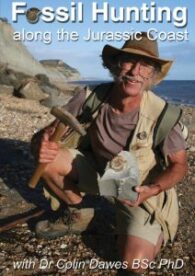Andy Gale’s update of his guide to the Isle of Wight (this is the sixth edition) is an important change to an already excellent geological guide.


Andy Gale’s update of his guide to the Isle of Wight (this is the sixth edition) is an important change to an already excellent geological guide.

This is a lovely example of photographs used to inspire and text to explain. For many years, Dr Tony Waltham has produced a photo plus explanatory text for the back cover of the glossy magazine, Geology Today. The book represents a compilation of 110 such back covers that set out a “photographic journey” around some of the most impressive geological landscapes of the world as a result of his own travels.
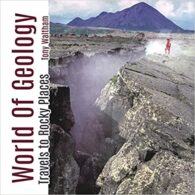
As the author, John McManus, writes: “The East Neuk of Fife was blessed with a mineral resource that was relatively easy to access”. This resource was coal – the driver of the industrial revolution and, even before then, a crucial element to the area’s industrial development from medieval times (or even Roman times) to the late twentieth century.
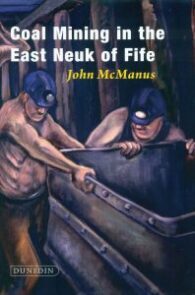
I have to admit, I was beginning to wonder where Prof Rory Mortimore’s update of his excellent Chalk of Sussex and Kent was. And now I know. It wasn’t a second edition he was working on, but this magnificent magnum opus in two volumes covering a vastly greater area than that other guide. And the wait was more than worthwhile. The thoroughness, writing quality, content and publication standards are superb.
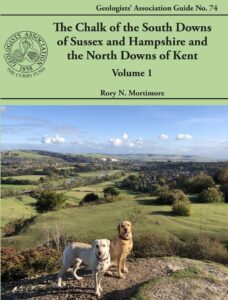
The ‘Bracklesham Beds’ are a series of predominantly soft silty sands and clayey silts laid down in a sub-tropical shallow marine environment around 46Ma. Fossils are readily eroded and can be found loose on the beach along with modern sea shells. The guide has simple maps to direct fossil hunters to the best areas for surface-picking and likely exposures when the beach sand has been removed.
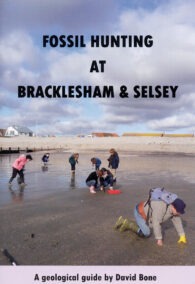
This is the first of a two-part series of monographs on spiders (and arachnids more generally) involving Dr David Penney and published by Siri Scientific Press – the other is reviewed at: Fossil Arachnids: Monograph Series Vol 2. This one is written with Dr Paul Selden, who has more than 30 years of researching, and teaching about, fossil arachnids.
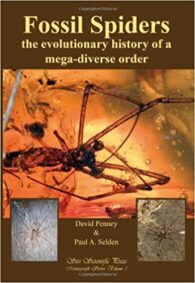
This is clearly one for our German readers, of which I am glad to say there are many. However, this glossy and excellently produced hardback, covering the fossils of the Alpstein region of Switzerland, may have general appeal to anyone interested in the identification and study of fossils from various parts of the world, despite being written in German.

This is an interesting guide for someone like me who lives in the Southeast of England. In fact, I have commuted from London to Brighton by train, which took me through a cross-section of the Weald, which is the subject matter of this guide.
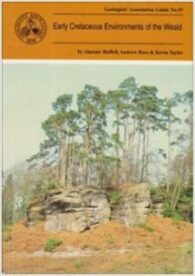
This Dunedin Academic press guide provides, at an introductory level, a succinct and readable guide to metamorphism. As readers will know, metamorphic rocks are one of the three main types of rocks.
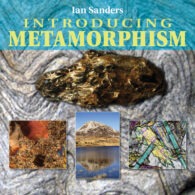
Dr David Penney, founder and owner of the excellent Siri Scientific Presshas writen about Miocene spider inclusions in amber from deposits of the Dominican Republic. This is one of the many books on fossil spiders and insects that Siri Scientific Press publishes.
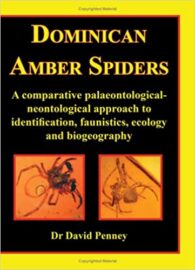
I have stood several times in front of an (apparently) plain white, chalk cliff-face along with others, while Prof Mortimore discussed the implications of what we were seeing. And, every time, I left not just thinking but knowing this was the most fascinating piece of geology I had ever seen. That is it the man.
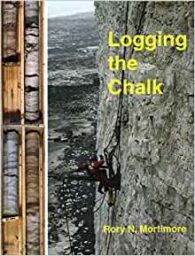
Growing up, I collected and purchased trilobite fossils for my own personal collection, to learn about and understand prehistoric life. They were to me, and still are, a fascinating group of fossils to examine and wonder about how the myriad of different forms evolved.
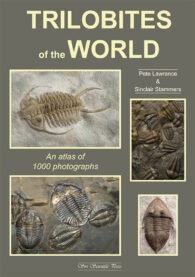
This beautiful, richly illustrated book was published by a group of sabre-tooth experts. It describes, in detail, the osteology of Xenosmilus and all skeletal elements are depicted in great detail.
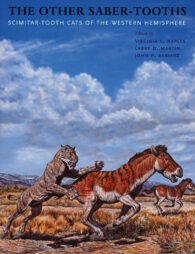
The second edition of this guide is written to explain the key concepts of tectonics and rock structures to students and to interested amateurs. I have reviewed a number of Graham Park’s books in recently years (see below) and he is clearly a prolific and excellent writer of books about the earth sciences.
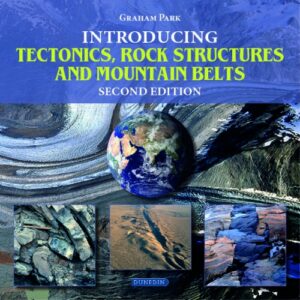
Professor Robert Diffendal Jr’s little guidebook to the Great Plains of the USA makes for a fascinating read for an Englishman like me, who has never been there (but wants to). He makes it plain that they rarely correspond to the impression most people have of them.

This is a nice little guide for the non-specialist collector of all things that go bump from above (and the effects they have on the rocks they impact).
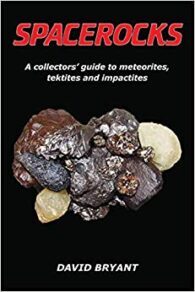
I like palaeoart. A while ago, I went to the ‘Dinosaurs of China’ exhibition in Nottingham and bought myself a copy of the Chinese palaeoartist, Zhao Chuang’s ‘The Age of Dinosaurs’ – a veritable picture-fest of up-to-date reconstructions of ancient beasts and plants, complete with fuzzy raptors and other bird-like therapods.
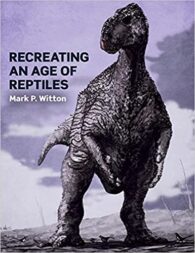
I’ve been waiting for a book like this for a very long time and am delighted that a publication of this quality has now arrived. New books covering British palaeontology are always welcome.

In this second edition, Dougal Jerram has revised and updated the 2001 version, first published by Alwyn Scarth and Jean-Claude Tanguy. This is to reflect modern research and understanding of Europe’s volcanoes of the last 10,000 years (active, dormant and extinct).
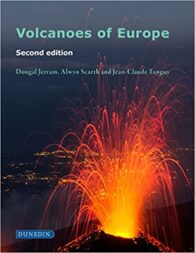
The Crowood Press are really developing a nice little series of books on the landscape and geology of select regions of the British Isles, and Tony Waltham’s addition to the series about the Peak District is well worth a read. This new one follows the same format as the others – beautiful, full colour photos and diagrams, a fascinating chapter on each of the important geological and geomorphological aspects of the area (including buildings and industry), and an author who knows his stuff and can write it down with an easy and authoritative style.
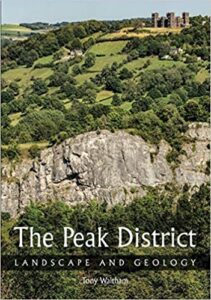
Mountains: The origins of the Earth’s mountain systems is written for readers with an interest in mountains and in developing their understanding of the geological processes that create them.
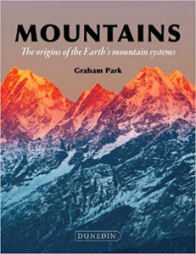
This is another of the GA’s short guides, being only 21 pages long and therefore easy to put in a cagoule pocket. Importantly, the five excursions described in the guide are centred on the city of Plymouth. Therefore, the logistics necessary to visit the itineraries should be relatively easy.
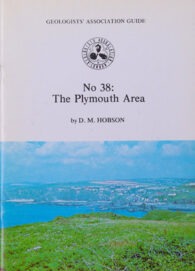
This GA guide is stated to be a “Geology Teaching Trail”. Well, it may be, but when I ambled along the trail with the guide in my hand, I certainly wasn’t in a teaching situation. Rather, I was out for a nice walk and a guide to explain what I was seeing. And it did just that and the classic Silurian/Ordovician unconformity you can see was just that. Classic!
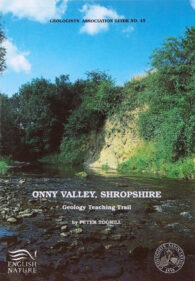
West Dorset is rightly famous for its fossils, but few people visit its wonderful, fossiliferous cliffs to look at them as landforms, rather than as an endless source of ammonites and belemnites. This guide does just that and, covers a series of itineraries in the context of landform type.

Fossil Hunting along the Jurassic Coast is presented by Dr Colin Dawes, a well-known, fossil hunting guide in the world-famous palaeontological site of Lyme Regis.
